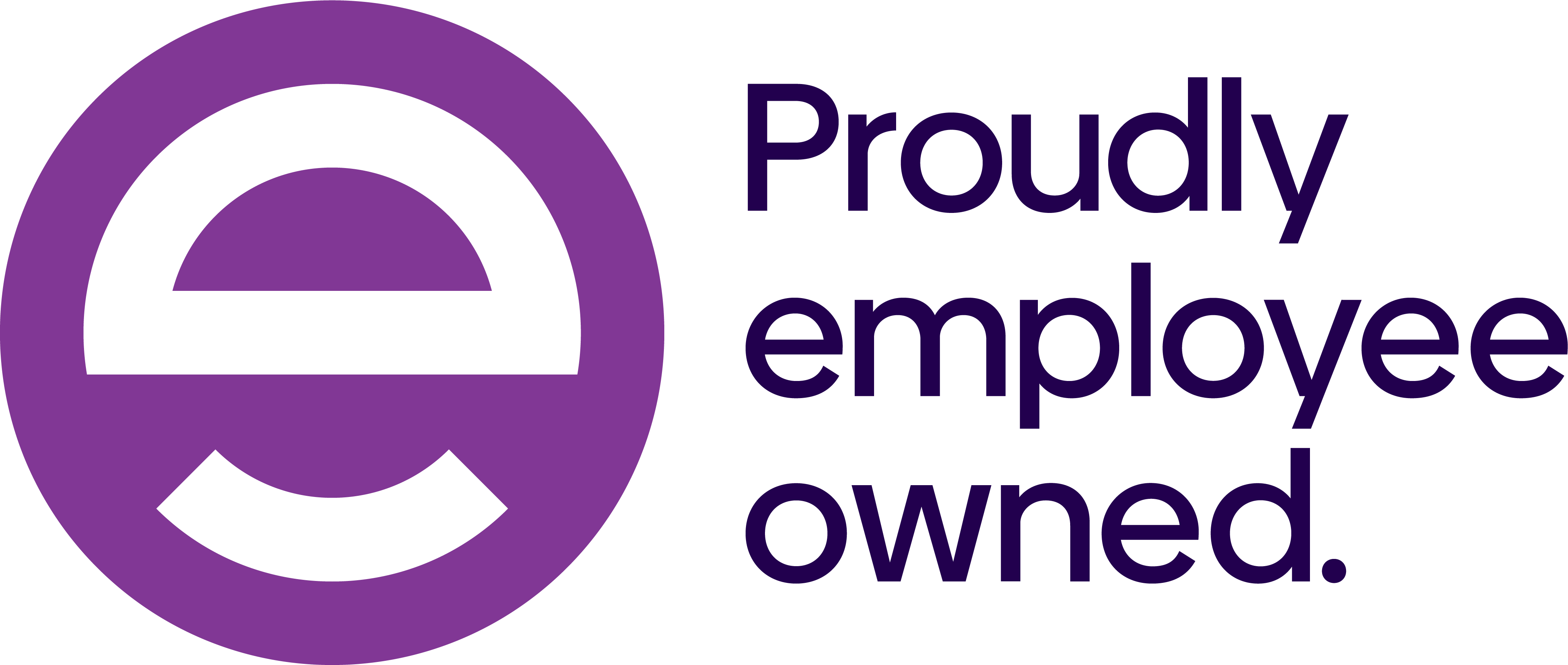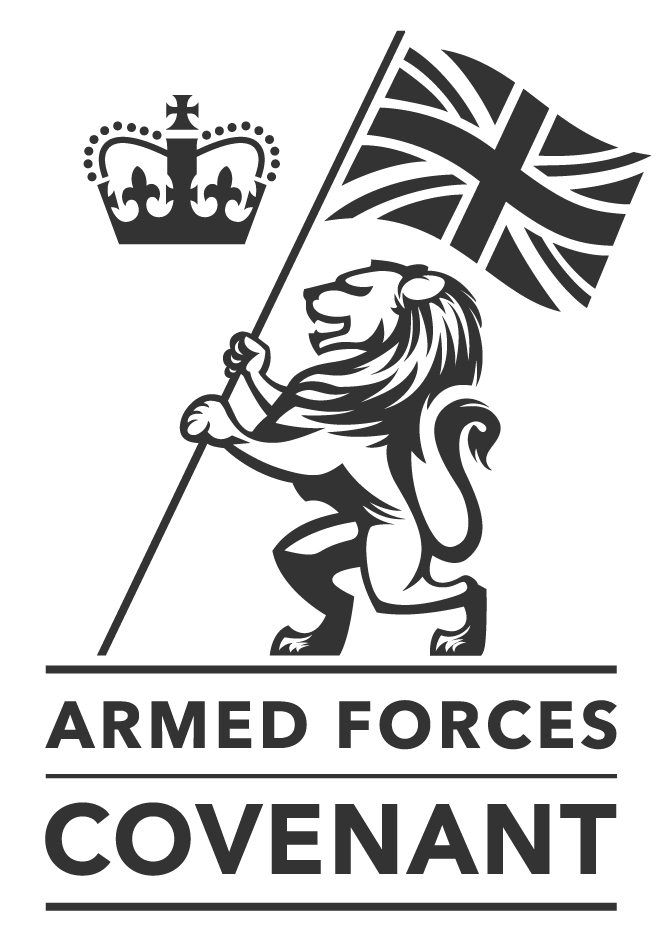Blockchain App – Realisation and revolution in the World of Project Management
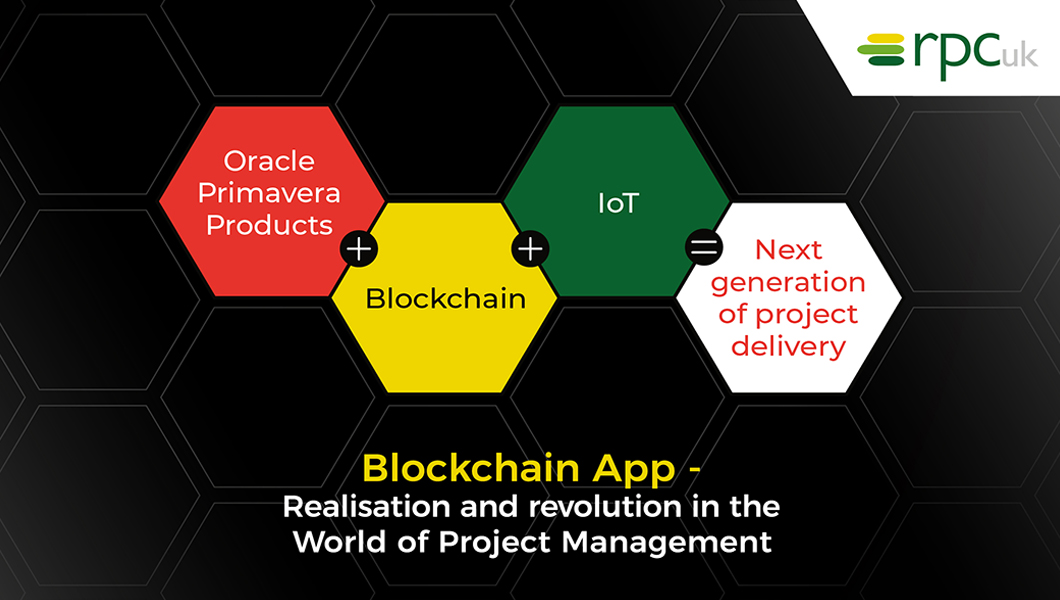
At this year’s Digital Construction Week event, RPCuk Technical Services Director, David Hurren, had a speaking slot on the innovation stage. Being the innovation stage, he chose to talk about what he thinks is one of the most exciting technological innovations currently emerging in the digital management world: Blockchain technology. If you missed this year’s event or couldn’t make it to hear Dave speak, here’s a review of what he had to say.
If we think back 20 years – even 10 years – to how we did our jobs, many of us can recall the days of using carbon copy pads to write out transmittals, which we would deliver by hand to the client office along with a print out of the relevant document; we’d wait there for someone to sign to acknowledge receipt of the document and then take back the signed copy to file in a cabinet in our own office. It already seems like a different age, and we’re not even old!
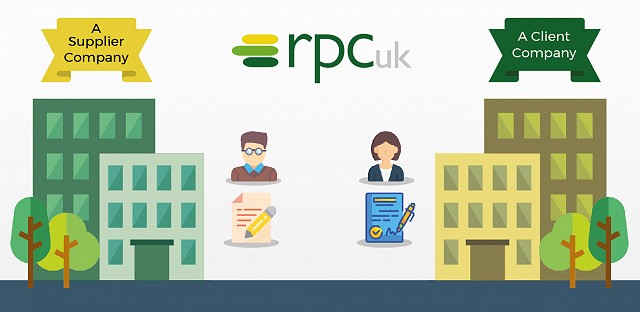
Juniors starting out now would think that positively archaic, as they fill out an online form, print to pdf, email to the client with document and form attached electronically (requesting an automatic read-receipt acknowledgement), then drag the electronic ‘paper trail’ of original documents and email confirmation from the client to a different kind of folder altogether.
If that young project management professional is working in a company using Oracle Aconex or Unifier, or CEMAR, it’s even easier, as their Project Management system allows them to fill out an online form, attach the relevant document and send a request to the client to view the documentation; the client accepts the request, the system stores the acceptance and the whole process takes barely more than a few clicks of a mouse. ‘What fossils,’ that young project manager might think of our young selves with the carbon copy pad, and they might be right. But a Gartner study completed in March 2019 believes that artificial intelligence will perform 80 per cent of all project management tasks by 2030 – that’s only 11 years away. Don’t get too comfortable in your office chair.
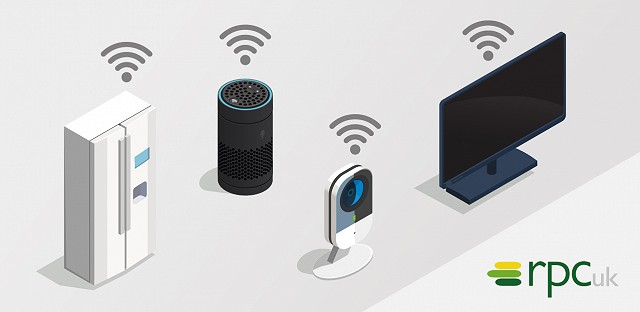
Already, home-based AI systems, like Alexa, are controlling our heating, monitoring and managing our electricity consumption, masterminding broadband connectivity, compiling shopping lists via voice command and much, much more. Our teenagers ask Google when they need to know something, use voice commands to play music, make phone calls – as if they make phone calls! – and smart home systems for lighting, security and more are increasingly commonplace in their worlds. So, are they going to be happy if, when they join the adult world of work, they’re asked to fill out form after form, send email after email and file print out after print out? Are they even going to know how to operate in an environment like that? For them to be as productive as they can be, that Gartner study has to be right and the AI functionality they’re growing up with will need to be ready for them in their working environment, just as it is at home.
There is already a vast array of innovative tech in the workplace: location detectors, for instance, that enable tracking of assets and people, perhaps triggering events in real time, from something as simple as opening a gate a defined time after a vehicle passes through the previous gate or checkpoint to automating loading or unloading of delivery trucks or crane lifts. Drones can be programmed to video building sites, providing real-time progress checks and measurements without the need to have personnel on site. The possibilities are endless, but not always rooted in good business sense, with a solid purpose, clear benefit and genuine need.
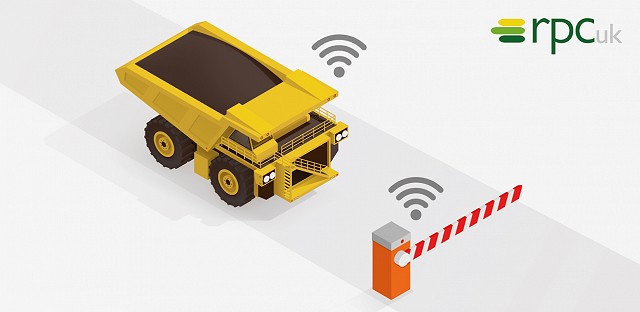
The principles of blockchain are different. Like a conventional workflow, it automates a process, but usually connecting much smaller elements of data than a conventional workflow model. Once defined and coded, the blockchain makes decisions based on predetermined rules (without the need to wait for human intervention); it can wait for responses then cycle back round, making decisions, triggering events, gathering data and so on. At its core is data safety and security through encryption and action, and auditing and traceability that is no longer at the mercy of human error or inadequacies. Information passes through the chain, as required, as the project progresses to completion. Everyone has access to what they need to know, when and where they need it.
Let’s look at an example of how this technology can be incorporated into the systems we are using today, following a simple transmittal process like the carbon copy-pad scenario we started with.
- The designer identifies a clash while analysing the design model and starts the blockchain process by raising a notification in Unifier.
- The blockchain identifies the responsible design team leader and sends a notification to them.
- The design team leader reviews the notification, confirms the clash and responds to the blockchain, which creates a change request, communicates this to the estimation team and waits for the engineering team’s response.
- The engineering team provides a price for the change, includes all the required documentation and the blockchain sends this to the client for sign off.
- Once the client signs off on the proposed change, the blockchain automatically updates the contract, enabling accurate and updated billing, notifies the design team leader to commence the re-design, notifies the engineering team of the change approval, and notifies the Permit to Work team of the impacts of the change so that they can plan for the following days’ permits.
- Once the design team leader identifies that the change has been incorporated into the design, the blockchain creates the transmittal, links the changed design to that and notifies the client, who accepts the new documents and completes the chain of events.
That’s a lot of saved photocopying and walking-around time for a young junior like me.
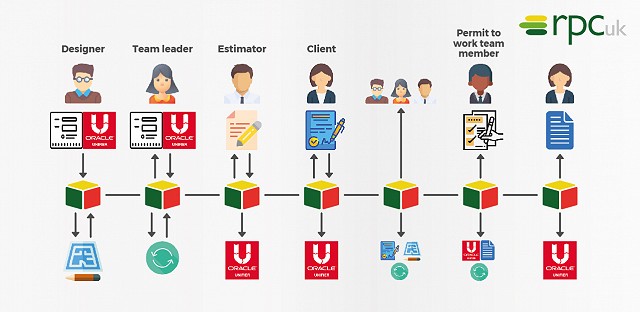
But the technology has the potential to be far more sophisticated that this fairly linear example. If we zoom in a little closer, we can see that when the blockchain notifies the design team leader to commence the re-design, this triggers a new, connected blockchain process – a new work order is created and sent to the project team and design team leader; the design team leader is prompted to allocate resources and accommodate the change; the scheduler is notified of the change and estimated dates are updated in the schedule, then monitored and updated as the re-design progresses. When the re-design is completed and the design team leader identifies this, another process starts, where the blockchain notifies the scheduler, who updates the schedule accordingly.
Blockchain is the glue that can bind together the Internet of Things, augmented reality devices and images, making them work for you. Blockchain holds, controls, organises, presents and uses the data gathered by people, devices and technologies. In conjunction with Oracle Primavera products, it paves the way for the next generation of project delivery, enhancing your Project Management operations and preparing your workplace for the new wave of tech-savvy, AI-conversant new employees. It is the future. And it’s already here.
Keep up to date with the latest from RPCuk industry experts and news about our events by subscribing to our newsletter here. And don’t forget to connect with us on LinkedIn and Twitter too!
Back to Latest News




